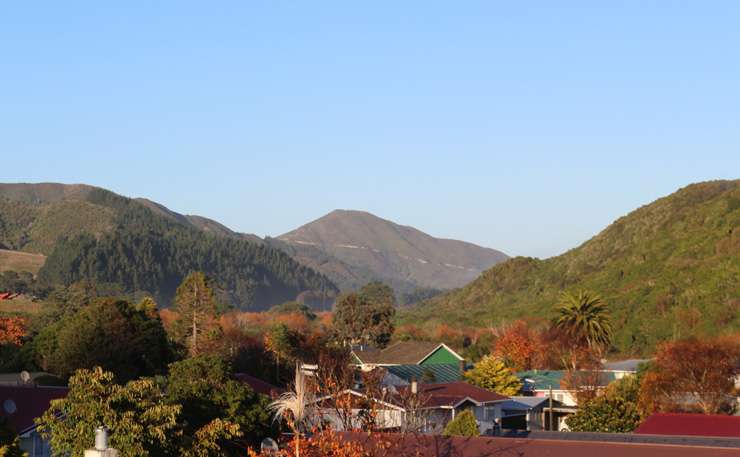Hutt Valley house prices have taken the biggest tumble in the Wellington region in the last three months, with the average property value in both now under $1 million.
But while the drop has been fast, one real estate boss is warning that house prices in Lower and Upper Hutt may not fall as much as other areas.
The average property value in Lower Hutt dipped 5.1% ($53,000) to $981,000, while Upper Hutt fell 6% ($62,000) to $972,000 in the three months to the end of May 2022.
Start your property search
The average property value in the Greater Wellington region fell 2.9% ($33,00) to $1.104m over the same period, according to the latest OneRoof Valocity house price report.
Professionals Red Coats Lower Hutt managing director John Ross said traditionally the Hutt Valley’s house prices did slide down first – as he had witnessed in the previous two market downturns - but often not by as much as Auckland.
The 5% to 6% fall was also coming off some of the highest growth in the country with house prices in the Hutt Valley rising 45% in two years, he said.
“It was absolutely phenomenal to see that so perhaps we were more exposed to having a bigger correction. And the thing has come fast you know, it may well stop sliding because everybody has just jumped very very quickly – more than the rest of the country.”
However, he added that Hutt Valley house values did often take a bit longer than other markets to rise again too.
Wellington had one of the highest household incomes in the region so Ross could only put the drop down to the influence from the public sector and people being more conservative compared to other areas where there was more private enterprise happening.
There was still demand for property right across the market providing the price was acceptable to the buyer.
Buyers weren’t bartering and were instead waiting for the seller to be realistic before making an offer, he said.
“As soon as that price falls into the buyer’s perceived area of being realistic – they sell.”
Often what the buyer viewed as being realistically priced came down to how much they could borrow, he said.
Ray White Kemeys Brothers managing director Elliot Kemeys said the drop was in line with what was happening in the rest of Wellington as demand – especially in the lower end of the market - decreased.

Houses in Wainuiomata, where the average property value fell $12,000 in the three months to the end of May, from just over $800,000 to just under. Photo / Getty Images
While first-home buyers had been impacted by the tightening of lending rules under the Credit Contracts and Consumer Finance Act, Kemeys said there were still people looking for good quality family homes.
These purchases were often due to people making life decisions such as having a third child and needing a bigger home. “So, it doesn’t matter what is happening in the market, you are selling your house and buying a new one.”
Kemeys did not believe there was a big enough gap between the drop in the house values to suggest there was anything drastic happening in Upper and Lower Hutt compared with the rest of Wellington where house prices had also dropped.
The only Greater Wellington areas that remained steady were Carterton, Wairarapa and Masterton, which all recorded less than 1% growth.
Valocity head of research Wayne Shum said although the Greater Wellington housing market peaked in March, Hutt Valley peaked just after Christmas.
Shum said both Lower Hutt and Upper Hutt were popular first-home buyer markets. With it now much harder for first-home buyers to get finance due to new CCCFA rules and rising interest rates, there was less competition in the market and house values had fallen, he said.
“When you reduce the competition of first-home buyers at auctions, obviously your price is going to drop.”















































































